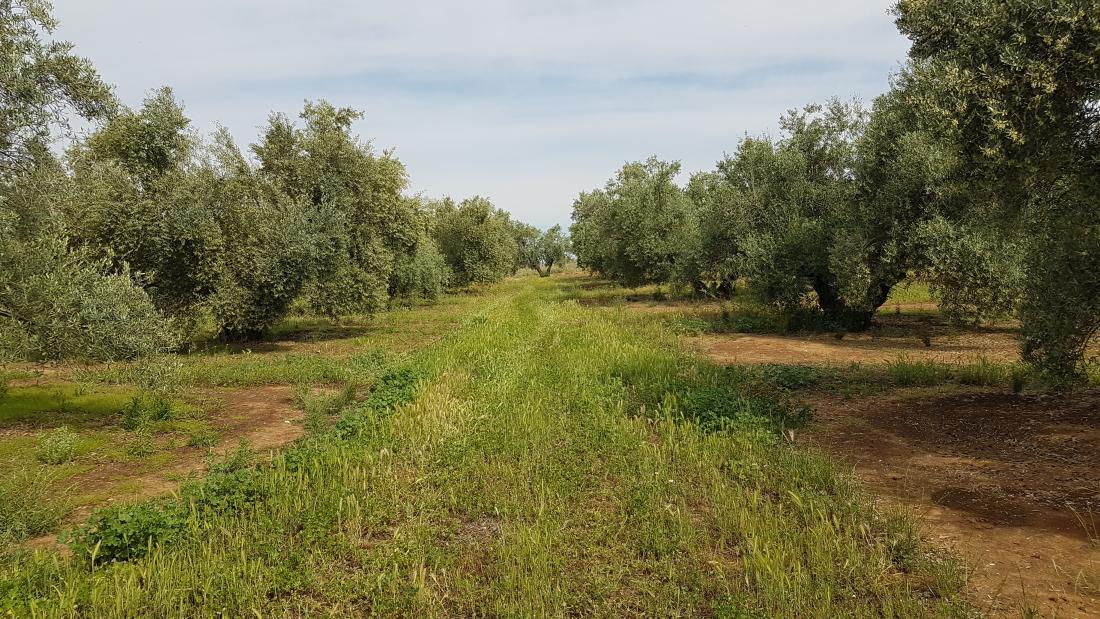ARTOLIO presents “Olive tree varieties and why they matter Issue #4: The Hojiblanca Variety”

The Hojiblanca olive tree is the third-largest olive variety cultivated in Spain, with more than 200,000 hectares. It is only behind the Picual and Cornicabra olive varieties in terms of cultivated territory and production. Hojiblanca olive cultivation is distributed throughout the Andalusian provinces of Cordoba, Malaga, Seville, and Granada. As for its origins, it is believed to be from Cordoba (Spain).
Hojiblanca’s name is due to the color of its leaves, which have a slight tint of white at the tip (Hojiblanca means “white leaves” in Spanish). It has long, lacerated leaves of medium width. However, it is also known as Casta of Cabra or Casta of Lucena, referring to its place of origin.
As for its characteristics, the Hojiblanca olive tree is a variety appreciated for its good flesh and its high hardiness. Additionally, it’s extremely resistant to drought, adapts well to chalky soils, and it’s proven to be resistant to harsh conditions. Its high resistance to drought is the main reason for its great expansion. It is also resistant to winter cold and adapts well to limestone soils. In terms of production, it is a medium yielding and highly productive variety. The tree is medium size to vigorous and erect. The fruit only reaches its maturity when it achieves a rich purple color.
However, despite being highly profitable, Hojiblanca is harvested very late in the harvest season, which is why the return flower induction is scarce. Its productions are alternating.
Among its most common diseases we find tuberculosis, leaf spots and verticillium. Hojiblanca can also be affected by leprosy and flies.
Because of its advantageous characteristics, the Hojiblanca olive is highly appreciated among olive oil production. It is used both for the production of black table olives and olive oil. Its oil is highly valued for its flavor. It has a pleasant aroma of cut grass, fresh fruit with hints of bitter almond and a pleasant slightly sweet and spicy flavor. To improve stability, Hojiblanca extra virgin oil is usually blended with other oils with better antioxidant properties. This way, producers manage to maintain its pleasant flavor and maintain a longer shelf life.







